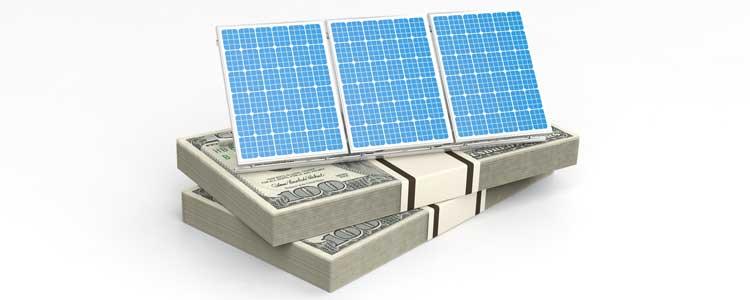
Embracing solar energy not only helps homeowners reduce their carbon footprint but also offers significant financial incentives in the form of tax credits and rebates. These incentives are designed to make renewable energy adoption more accessible and affordable. In this blog post, we’ll delve into the world of solar energy tax credits and incentives and how homeowners can maximize their savings while contributing to a cleaner environment.
Federal Investment Tax Credit (ITC)
The Federal Investment Tax Credit, often referred to as the Solar Investment Tax Credit (SITC) or ITC, is a major financial incentive for residential solar installations. Under the ITC, homeowners can deduct a percentage of the cost of their solar panel system from their federal income taxes. As of the latest update, the ITC offers a credit of up to 26% of the system cost. It’s important to note that this percentage can change in subsequent years, so taking advantage of the credit sooner rather than later is advisable.
State and Local Incentives
In addition to federal incentives, many states and local municipalities offer their own solar energy incentives. These can include tax credits, grants, property tax exemptions, and sales tax exemptions. The availability and specifics of these incentives vary widely, so it’s recommended to research the incentives applicable to your area.
Solar Renewable Energy Certificates (SRECs)
Some states have established Renewable Portfolio Standards (RPS) that require utilities to obtain a certain percentage of their energy from renewable sources. Solar Renewable Energy Certificates (SRECs) are created for every megawatt-hour of electricity generated by your solar panels. Homeowners can sell these SRECs to utilities to help them meet their renewable energy targets, providing an additional revenue stream.
Local Utility Incentives
Utilities may also offer incentives to encourage homeowners to adopt solar energy. These can include cash rebates, performance-based incentives, or even credits on your electricity bill for the excess energy you generate and feed back into the grid.
Maximizing Your Savings
To make the most of solar energy tax credits and incentives, follow these steps:
Research: Familiarize yourself with federal, state, and local incentives available in your area.
Timing: Be aware of any deadlines or expiration dates for these incentives.
Professional Help: Consult a tax professional or solar installer who can guide you through the application process.
Documentation: Keep detailed records of all documentation related to your solar installation and incentive applications.
Conclusion
Solar energy tax credits and incentives offer homeowners the chance to significantly reduce the cost of transitioning to clean and renewable energy. By taking advantage of federal, state, and local incentives, you can not only lower your upfront investment but also enjoy long-term savings on your electricity bills. As you embark on your solar journey, explore the various incentives available to you and leverage them to make your transition to solar energy both environmentally friendly and financially rewarding.

Leave A Comment